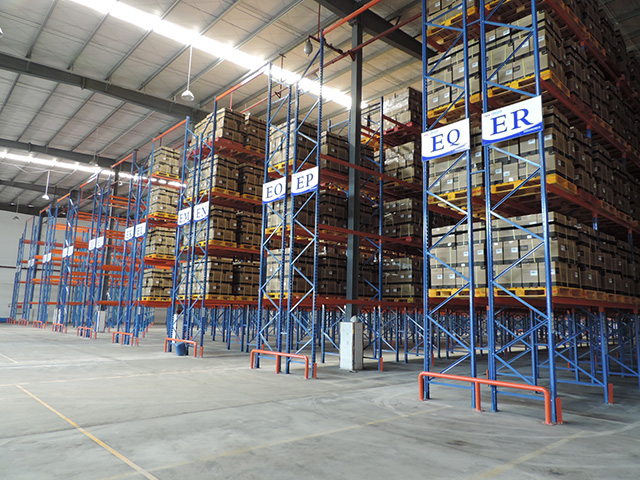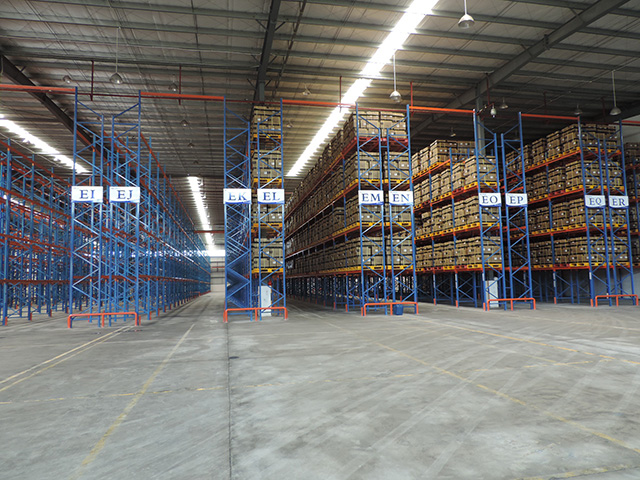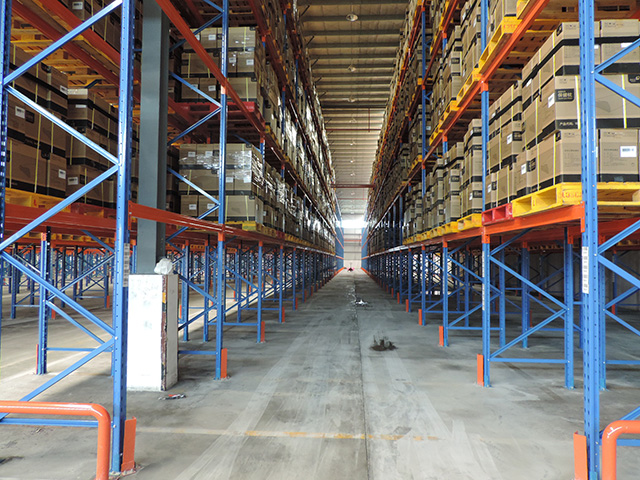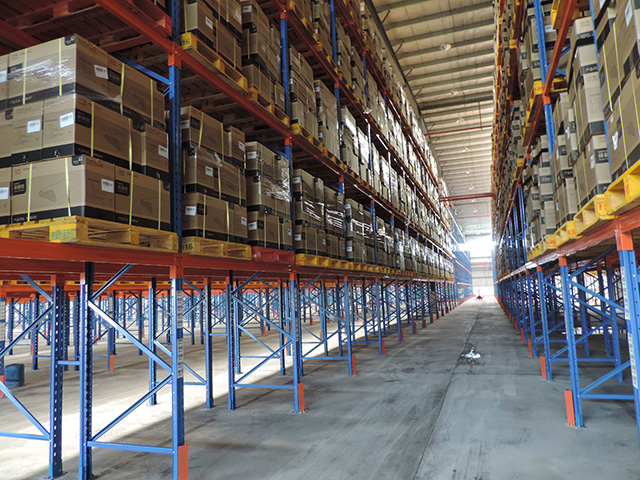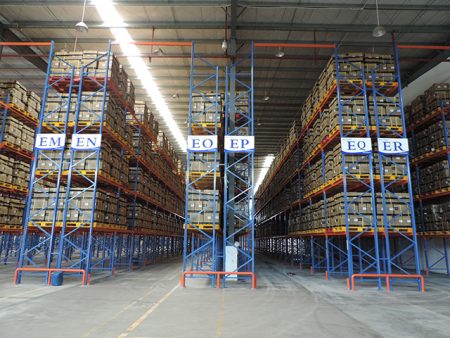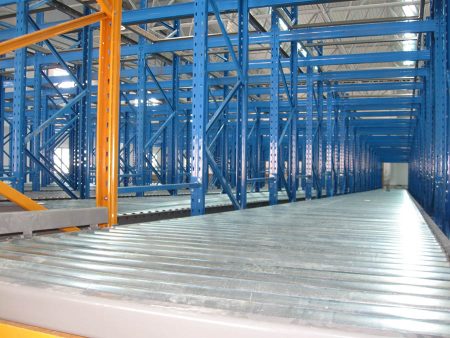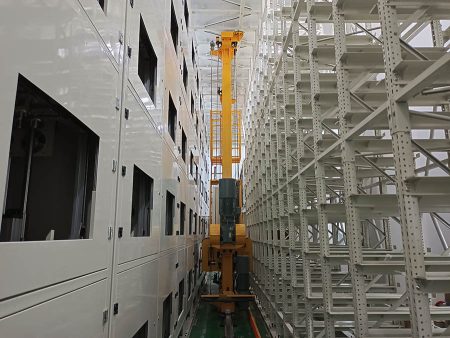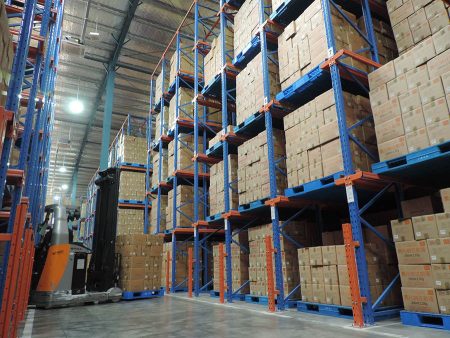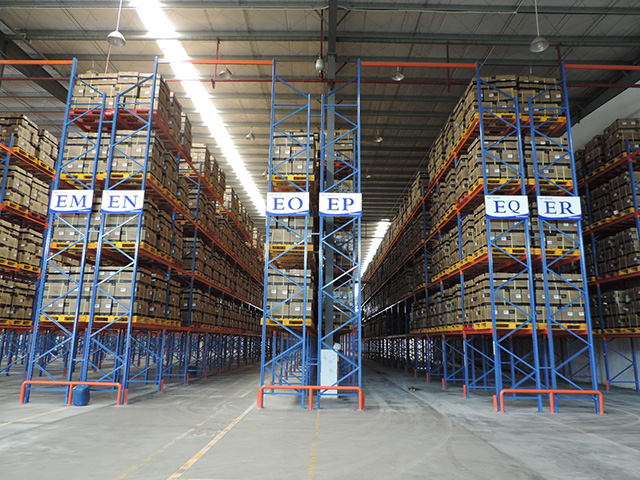
Product
Pallet Racking
Pallet racking systems are essentially storage systems that use pallets as carriers. Goods are pre-loaded onto standard pallets (common sizes include 1200mm × 1000mm and 1100mm × 1100mm), then transported using forklifts, stackers, or other handling equipment to store the entire pallet directly on the designated shelf level.
Unlike traditional shelving systems that store and retrieve items individually, pallet racking operates on a “pallet-as-a-unit” basis, fundamentally changing the “granularity” of warehousing. This approach not only avoids the frequent handling and wear and tear associated with loose goods but also enables seamless integration with automated equipment through standardized interfaces.
Pallet Racking
Space savings: High-bay storage + dense layout mode increases warehouse volume by 30%-50%, significantly reducing land and infrastructure costs.
Efficiency improvement: Palletized storage and retrieval eliminates the need for stacking and unstacking, and when used with forklifts or automated equipment, cycle time is reduced by more than 40%.
Damage Control: Standardized pallet design distributes cargo pressure, and when combined with anti-slip and cushioning devices, reduces damage rates by 60% compared to loose cargo storage.
Flexible Adaptability: Customizable layer spacing and column spacing based on cargo dimensions and weight (typically 500 kg to 5 tons per pallet), and supports variants such as “forward-moving shelves” and “mezzanine shelves” to accommodate diverse industry requirements.


